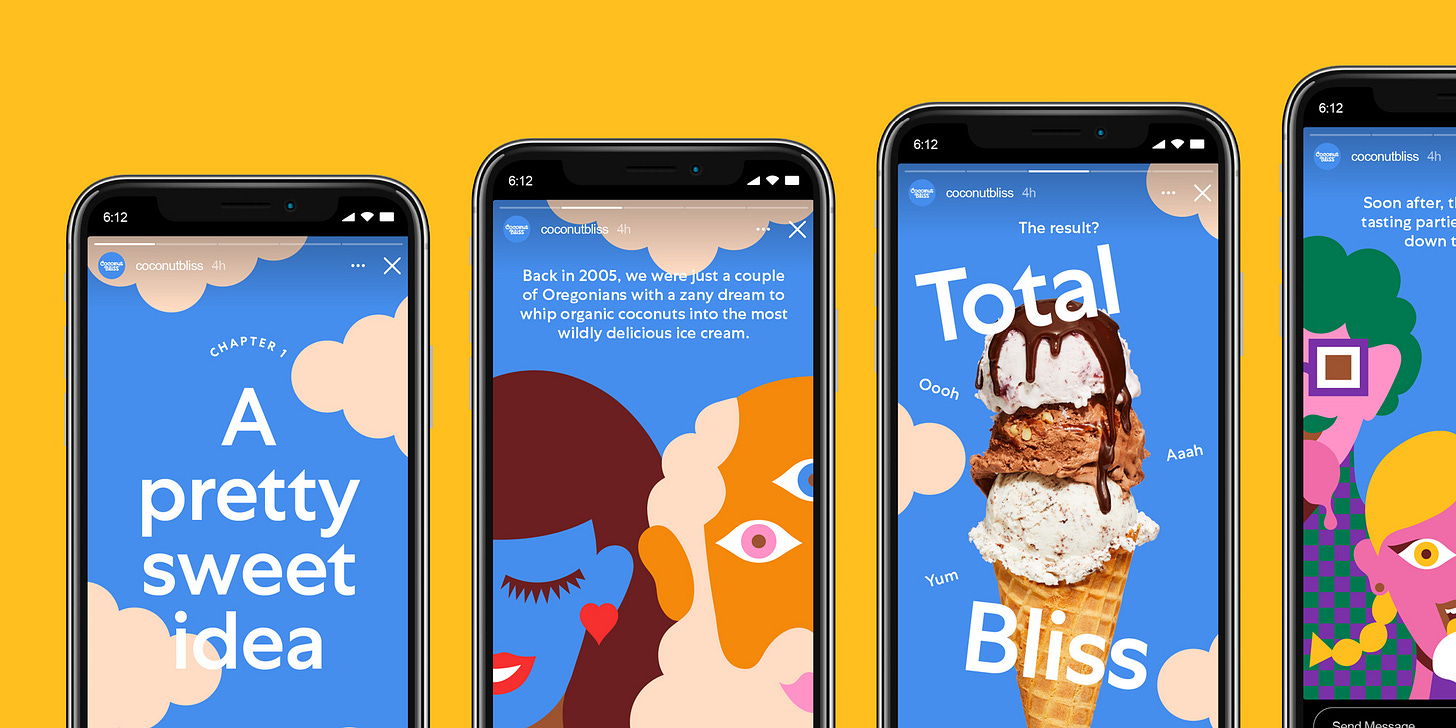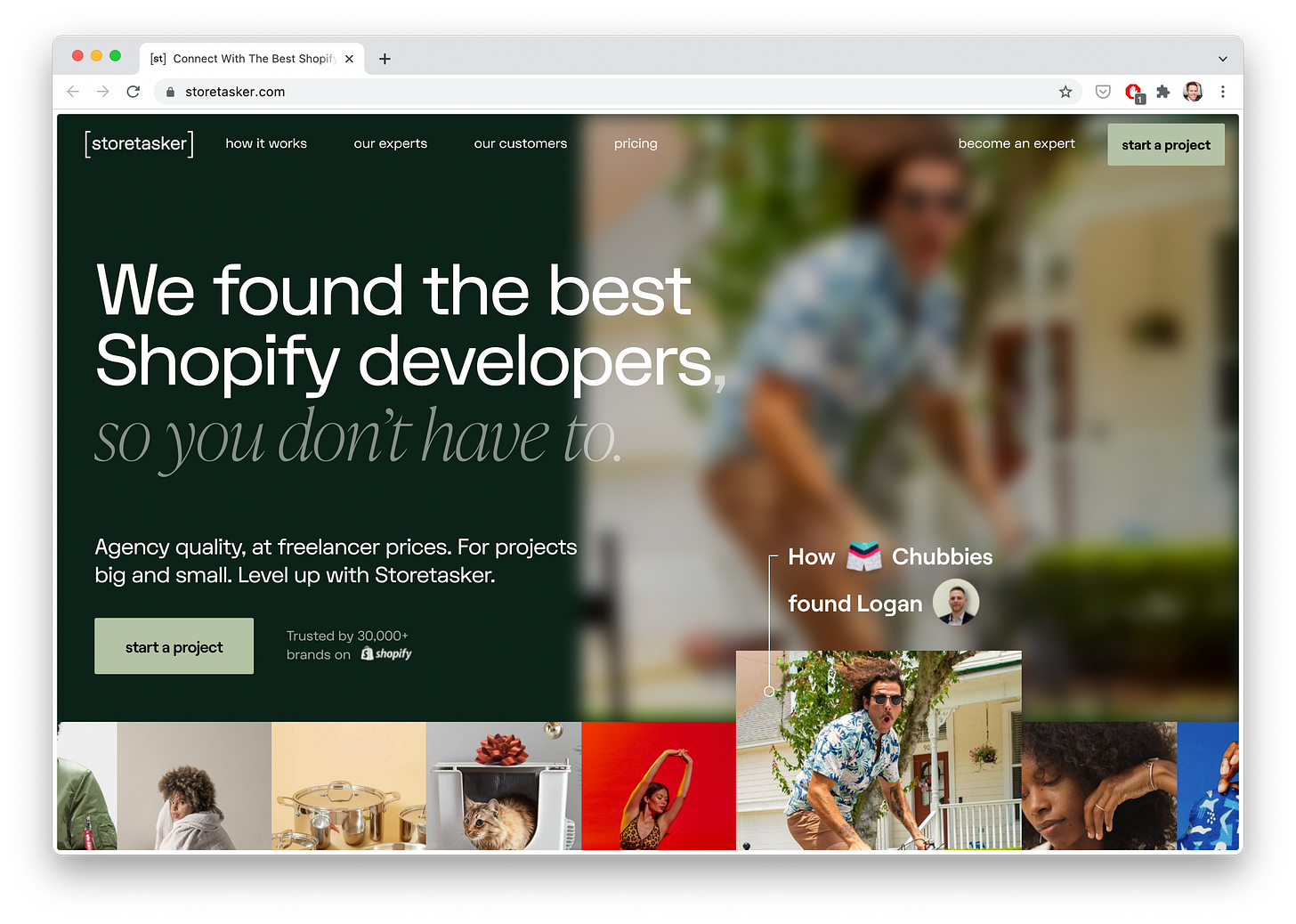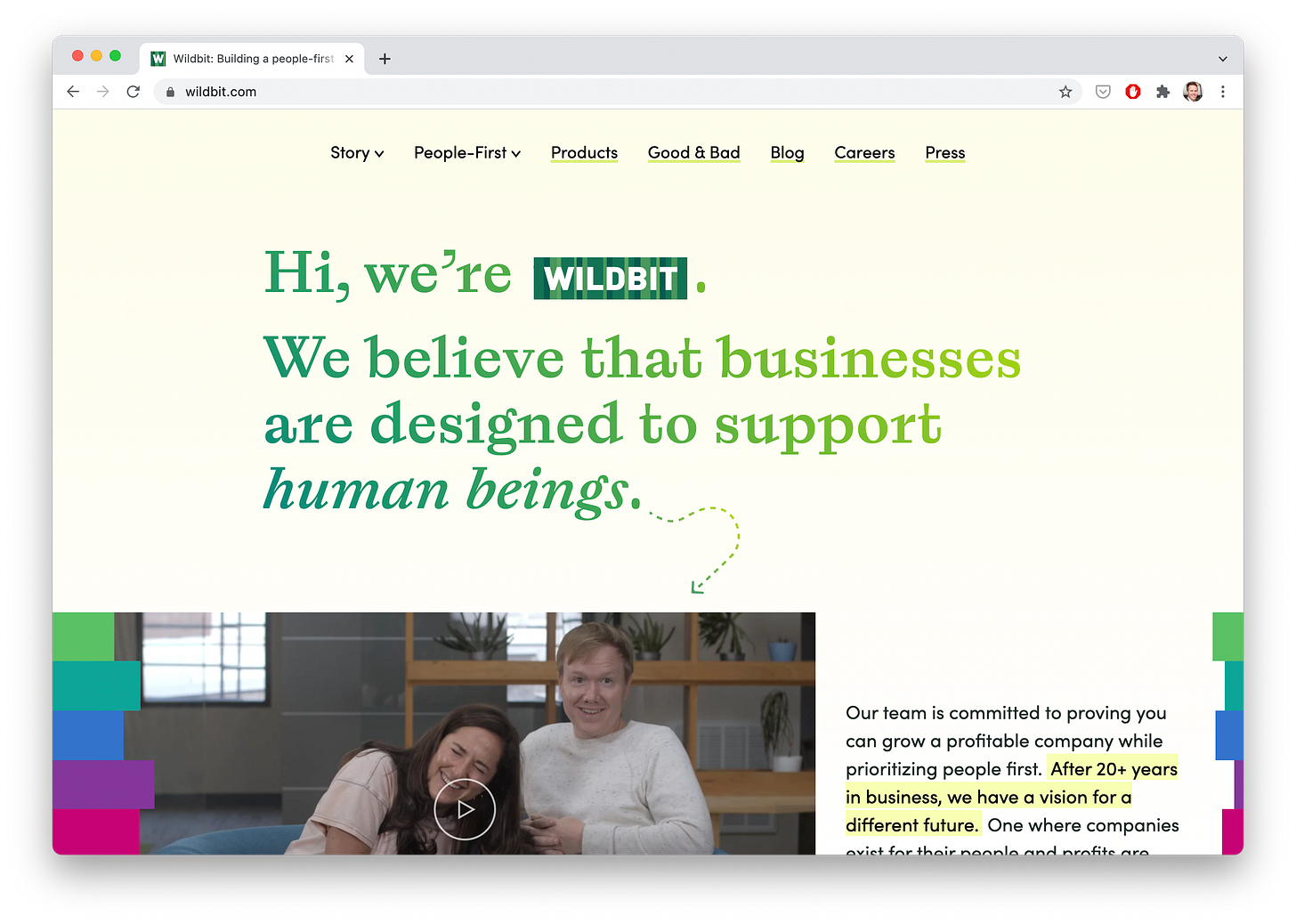245. Copy ✏️
Copywriting best practices from an old-timey book
Thank you for being part of this newsletter. Each week, I share playbooks, case studies, stories, and links from inside the startup marketing world. You can click the heart button 💙 above or below to share some love. And you can reach out to me anytime at hello@kevanlee.com. I’d love to hear from you.
Links that are worth your time:
Hi there 👋
It’s just about that time of year when all the “Best Of” lists come out. I spend hours poring over those lists, opening innumerable browser tabs, and filling my brain with all the stuff I missed throughout the past 12 months. I participate in the deluge, too; I’ll be sharing some of my favorite things of the year in a few weeks: books, essays, ideas, apps. I’d love to hear your favorites now or then, too.
This week’s essay was inspired by a favorite book from 2017. (Here’s my full list of 2017 favorites.)
Wishing you a great week,
Kevan
Uncommon copywriting tips
If you are interested in becoming a great copywriter — or interested in stretching your “T shape” to become a decently good copywriter for one of the many hats you wear — I strongly suggest these resources:
Or, if you’d prefer a crash course in the science behind why certain words and phrases resonate more with us than others … then keep reading.
Style: The Art of Writing Well by F.L. Lucas is one of my very favorite writing books and one that was hugely influential to me in my writing at Buffer and beyond. Lucas was a Cambridge professor whose thoughts on prose and critical writing date back more than half a century. And yet, I absolutely adore his insights and perspective. Many popular writing books tend to approach writing from a fiction/novel angle, giving advice that seldom crosses over to my daily work with content and blogging. There's a bit of that here in Style (and a lot of French, too, interestingly enough), but I've found more useful anecdotes and examples in Style---useful for the work I'm doing today, online---than I've found in most any writing book in the past several years.
Here are a few of my favorite takeaways from his writing, all of which can be applied to SaaS copywriting.
One should not aim at being possible to understand, but at being impossible to misunderstand.
– Quintillian
—
How is clarity to be acquired? Mainly by taking trouble; and by writing to serve people rather than to impress them.
(Kevan note: This point can’t be stressed enough: “Write to serve people.” For me, this means copywriters should have a huge reliance on empathy and customer research. You have to put yourself in the shoes of your reader — for a blog post, a website, and everything in between.)
Example homepage that does this well:
—
Trouble may spring from being, not too fond of one’s own ideas, but too unsure of them.
(Kevan translation: Know your stuff! It shows.)
—
Character, I have suggested, is the first thing to think about in style. The next step is to consider what characteristics can win a hearer’s or a reader’s sympathy.
For example, it is bad manners to give your reader needless trouble. Therefore clarity. It is bad manners to waste their time. Therefore brevity.
--
The obscurity of inconsiderateness is often due to egotism – to an absent-minded assumption that one’s own knowledge must be shared by others. The use of too technical language may arise from a similar reason; or from the baser one of mere pretentiousness.
(Kevan note: Cut the jargon.)
The obscurity of overcrowding arises from trying to say too many things at once. It may come from having too many ideas and, like Juliet’s Nurse, too little sense of relevance.
A writer, I think, should be prepared ruthlessly to reject even his brightest inspirations, if they lure him off his line of argument.
—
Most obscurity, I suspect, comes not so much from incompetence as from ambition – the ambition to be admired for depth of sense, or pomp of sound, or wealth of ornament.
—
It was a very wise Scottish professor who always asked his pupils, when they brought their essays, ‘Now did ye remember to tear up that first page?’
Indeed, I sometimes wonder whether books would not gain if their authors had first to telegraph them at their own expense.
—
Plain prose, I think, should be not too far from talk, and not too near.
—
Whereas it is no praise to say that a person talks like a book, it seems to me a high compliment to say that a book talks like a living person.
(Kevan: Same with websites. It is no praise to say a person talks like a website, but it’s a compliment if a website talks like a person.)
Example:
—
Really good styles seem to have a voice of their own. You hear it as soon as you begin to read them.
Example:

—
I suggest that anyone who goes through the next thing he writes, seeing to it that most of his sentences end with words that really matter, may be surprised to find how the style gains, like a soggy biscuit dried in the oven.
—
A tendency to metre can be counteracted by abundance of consecutive unstressed syllables. One way of obtaining this abundance is to employ plenty of polysyllables.
—
Men know far less than they think; but they also think far more than they know.
—
The method of writing I have suggested, though there are doubtless many others, falls roughly into these stages.(a) Meditation and documentation.(b) Incubation. Periods of alternate thought, quick writing, and partial revision, till the first draft is complete. Revision; further documentation, correction, curtailment, and amplification. This can be repeated indefinitely, subject to the danger of the book’s growing unwieldy, overloaded, or stale.
—
I believe that a writer should try, not to be different from others, but to be himself; not to write ‘originally’, but as well as he possibly can.
About this newsletter …
Each week, I share playbooks, case studies, stories, and links from inside the startup marketing world. If you enjoy what’s in this newsletter, you can share some love by hitting the heart button at the top or bottom.💙
About Kevan
I’m a marketing exec who specializes in startup marketing and brand-building. I currently lead the marketing team at Oyster (we’re hiring!). I previously built brands at Buffer, Polly, and Vox.
Not subscribed yet? No worries.
I send a free email every week or so. You can check out the archive, or sign up below:
Already subscribed? You’re in good company …
I’m lucky to count thousands of subscribers as part of this list, including folks from awesome tech companies like these:
Thank you for being here! 🙇♂️







